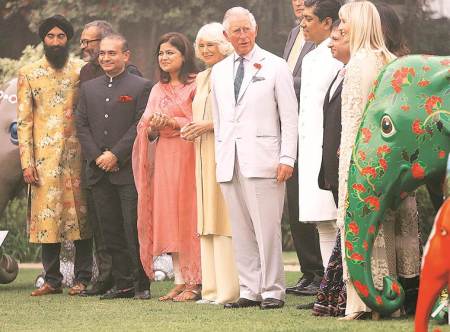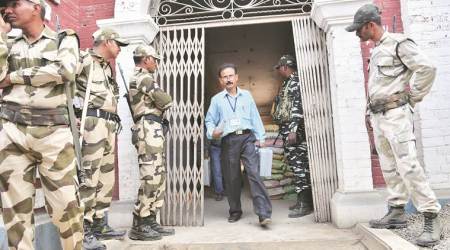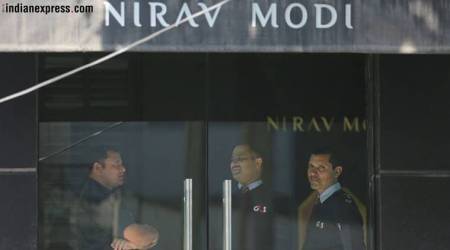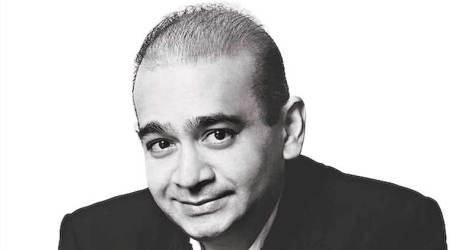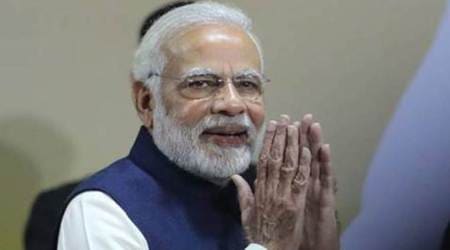 Sanjay Mehendale, additional director general of ICMR
Sanjay Mehendale, additional director general of ICMR
Seven institutes under the Indian Council of Medical Research (ICMR) were recently merged with other existing institutes. Two city-based research institutes, the National Institute of Virology and the Microbial Containment Complex, are involved in the restructuring. Sanjay Mehendale, additional director general of ICMR, tells Pune newsline about the need for the restructuring exercise.
What necessitated the review and when was it done?
The Performance Evaluation Committee (PEC) was constituted in 2016 by the Ministry of Health and Family Welfare. The committee, headed by former secretary of the department of biotechnology M K Bhan, was set up to evaluate ICMR’s current portfolio of intramural and extramural research, the allocation of resources (human resources, infrastructure and finances) and ICMR’s contribution towards addressing India’s changing health contexts and its impact on policy formulation, innovation and implementation.
How many institutes have been merged so far?
Seven institutes have been merged with other existing institutes. The Centre for Medical Entomology (CRME), Madurai, has been merged with Vector Control Research Centre (VCRC), Puducherry, and will now function as VCRC Field Station. The National Centre for Animal Sciences (NCLAS), Hyderabad, has been merged with the National Animal Resource Facility (NARF), Hyderabad. The Genetic Resource Centre (GRC), Mumbai, has been merged with the National Institute for Research in Reproductive Health (NIRRH), Mumbai, and will now function as a laboratory of the NIRRH. Entero Virus Research Centre (EVRC), Mumbai, has been merged with the National Institute of Virology (NIV), Pune, and will now function as a field station of NIV. The Food and Drugs Toxicology Centre (FDTRC), Hyderabad, has been merged with the National Institute of Nutrition (NIN), Hyderabad, and will now function as a laboratory of NIN.
The ICMR Virus Unit has been merged with National Institute of Cholera and Enteric Diseases (NICED), Kolkata, and will now function as a laboratory of NICED. The Microbial Containment Complex (MCC), Pashan, has been merged with the National Institute of Virology (NIV), Pune, and will now function as a laboratory of NIV.
What is the role of these institutes after the merger?
These mergers will enable ICMR institutes to share resources, reduce expenditure and provide holistic public health research. This will improve resource allocation and strengthen their capacities.
Which programmes and research areas will get priority?
The ICMR has been at the forefront of medical research in the country and has supported national health programmes. The research priorities of the ICMR are aligned with the National Health Policy, 2017, and towards the attainment of ‘Sustainable Developmental Goals’ (SDGs). There will be focus on translating the leads emerging from research to action for the benefit of society and the introduction of affordable, indigenously developed technologies for disease diagnosis, treatment, prevention and control. The ICMR will aim at strengthening overall research capacity and infrastructure in the country with a special emphasis on creating platforms for data-sharing and the exploration of new ideas. In addition, the ICMR will focus on evidence to policy translation and the strengthening of ongoing national programmes.
The EVRC has contributed significantly to the eradication of polio. What is its role now?
Due to the EVRC’s significant contribution in polio eradication, the institute is appropriately positioned to work on the elimination of other viral diseases. ICMR-EVRC has proactively initiated work on the measles and rubella viruses to support the centre’s commitment for measles elimination and rubella control by 2020. While the EVRC still remains the WHO-Global Specialised Laboratory for polio, it will also serve as the designated lab for the sequencing of measles and rubella viruses. Being the field station of NIV, Pune, the EVRC will be administratively and scientifically governed by the NIV director.
What is the focus on polio research?
The main focus of current polio research is to ensure that high levels of population immunity for polio viruses exist through efficient surveillance mechanisms, as the global circulation of the polio virus continues and poses a high risk of re-emergence in India. Thus, work will be done on the estimation of population immunity for different polio virus types (1, 2 and 3) after the introduction of ‘Inactivated Polio Vaccine’ (IPV), finding new tools for effective sewage surveillance to detect the transmission of the polio virus in the early stages, the development of a trivalent oral polio vaccine with modified viruses (P 1, 2 and 3) to reduce the risk of polio transmission through the faeco-oral route after water contamination by sewage, and other complimentary research topics.
What were the other major recommendations made by the committee?
The other major recommendations made by the PEC were to increase the research funding of ICMR, strengthen technical capacity to undertake health research by attracting new talent, modernise extramural research platforms, undertake world class research training, increase the age of superannuation to the same as those of central medical institutes, and to nurture multi-sector collaboration.
For all the latest Pune News, download Indian Express App





